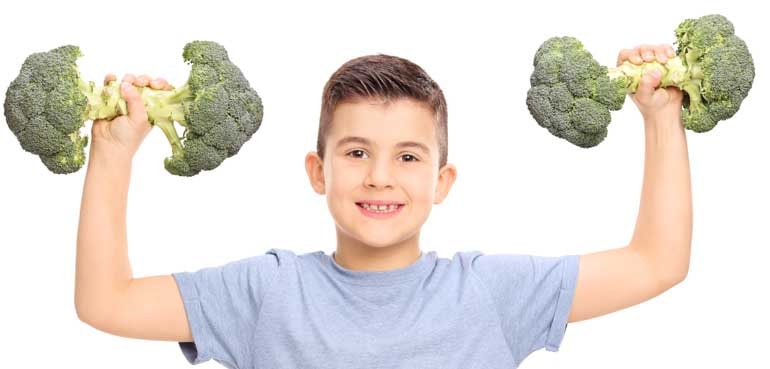Courtesy of Together Counts
Children and adolescents are continually growing, which makes their skeletons increasingly vulnerable to fractures. Did you know that 30-50% of children experience a fracture by the end of their teenage years? As a partner of the Together Counts™ program for healthy, active living, we realize that nutrition and physical activity are not only important for helping prevent fractures during growth; they have a long lasting effect, helping to prevent osteoporosis later in life. By the time young people reach their mid-20s, they achieve “peak bone mass,” the maximum density and strength of the skeleton.
Building larger, stronger bones early in life can offset the development of osteoporosis later in life, but lifestyle choices made in youth and adolescence can influence 20-40% of your child’s peak bone mass.
Fact: A small, 5-10% change in peak bone mass can offset the chance of hip fracture by 25-50% later in life.
What can you do to ensure your child develops healthy bones early on?
Follow these simple steps:
- Become familiar with the Dietary Guidelines for Americans and the Physical Activity Guidelines for Americans to encourage daily healthy eating and exercise regimens. Teenagers are the most likely subpopulation in the U.S. not to meet recommendations for both calcium and vitamin D.
- Impact exercise (e.g., jump rope, jumping jacks, running, etc.) strongly influences bone development. Just 100 impacts, three times per week for a period of seven months can significantly help build and strengthen bones in youth.
- The National Osteoporosis Foundation released a position statement on lifestyle factors that affect peak bone mass development. The evidence report, published in Osteoporosis International, recommends families, schools and communities encourage and foster programs for youth to obtain recommended intakes of calcium, vitamin D and dairy, in addition to increasing physical activity.
- Increasing fruit and vegetable consumption also helps youth to achieve the necessary amounts of many essential vitamins and minerals that play an active role in bone health. Many people don’t realize that foods such as potatoes and prunes contain bone healthy nutrients such as potassium, magnesium and dietary fiber.
It’s never too early to start thinking about your child’s bone health. Remember that your bones are like a savings account… they only gain interest on the amount you deposit!
Taylor C. Wallace, PhD, CFS, FACN, is the principal consultant at the Think Healthy Group and an affiliate professor in the Department of Nutrition and Food Studies at George Mason University. Prior to founding the Think Healthy Group, Dr. Wallace served as the senior director of science policy and government relations at the National Osteoporosis Foundation (NOF) and the senior director of scientific programs at the National Bone Health Alliance (NBHA), a public-private partnership managed and operated by the NOF. In his free time, Dr. Wallace manages and operates a large food and nutrition blog, www.DrTaylorWallace.com, where he provides science-based nutrition, food safety, and food technology information to the general public and consumer media.
The National Osteoporosis Foundation (NOF) is the leading health organization dedicated to preventing osteoporosis and broken bones, promoting strong bones for life and reducing human suffering through programs of public and clinician awareness, education, advocacy and research. Established in 1984, NOF is the nation’s only health organization solely dedicated to osteoporosis and bone health.
Stronger bones are built with a healthy diet! There are a wide variety of foods that are rich in bone-building minerals, and many can be found in Kids LiveWell menu choices. Healthy Dining’s dietitians hand select menu choices at restaurants across the country to help families make the best choices away from home!

